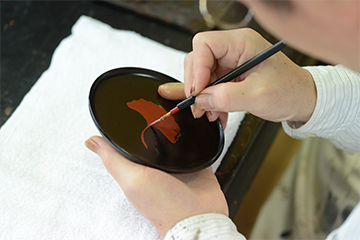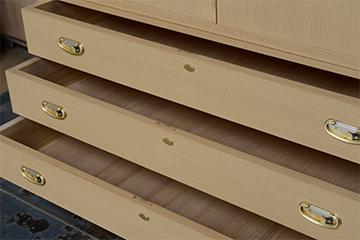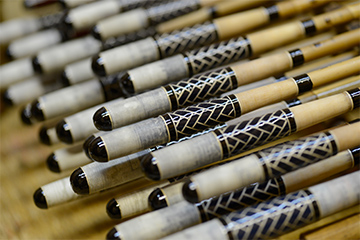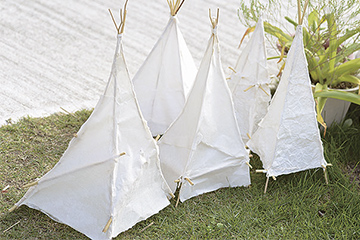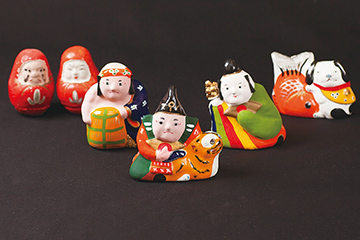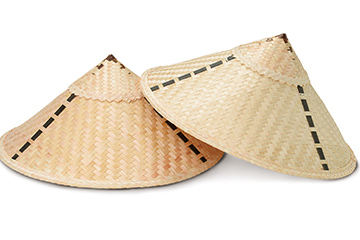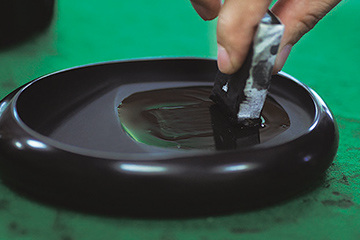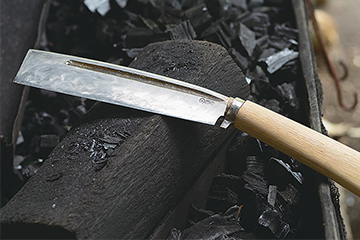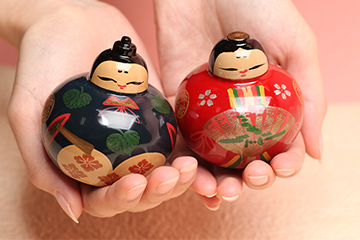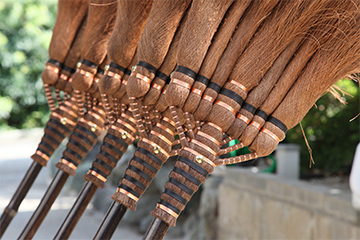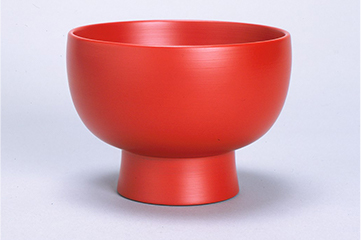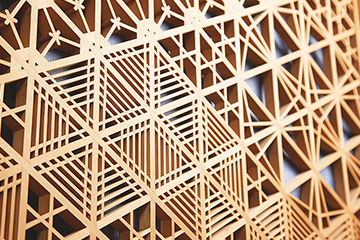 Overview of producing areas
Kishu traditional chest
Overview of producing areas
Kishu traditional chest
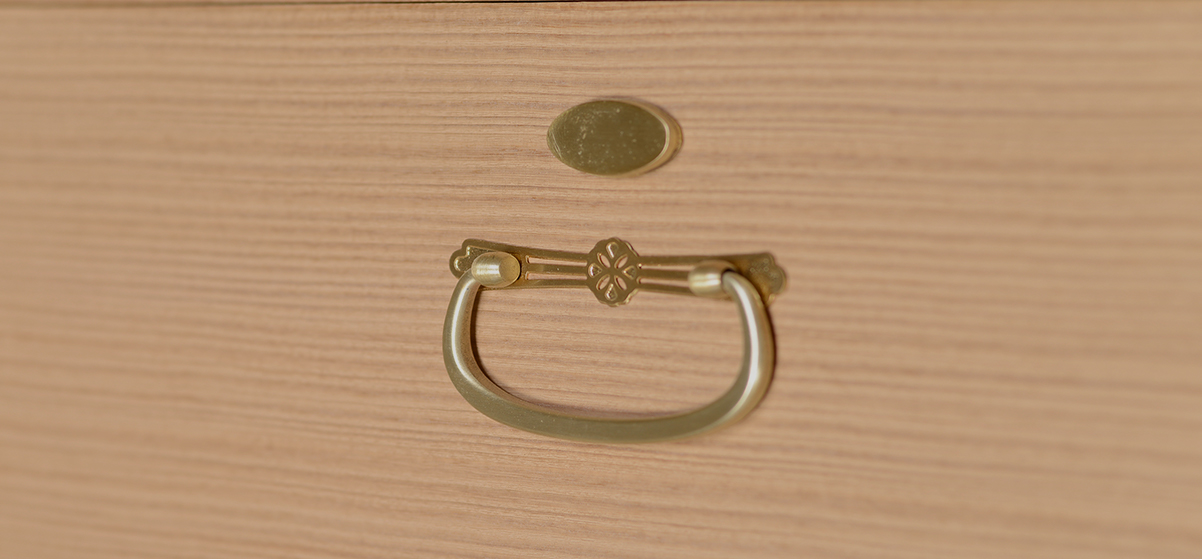
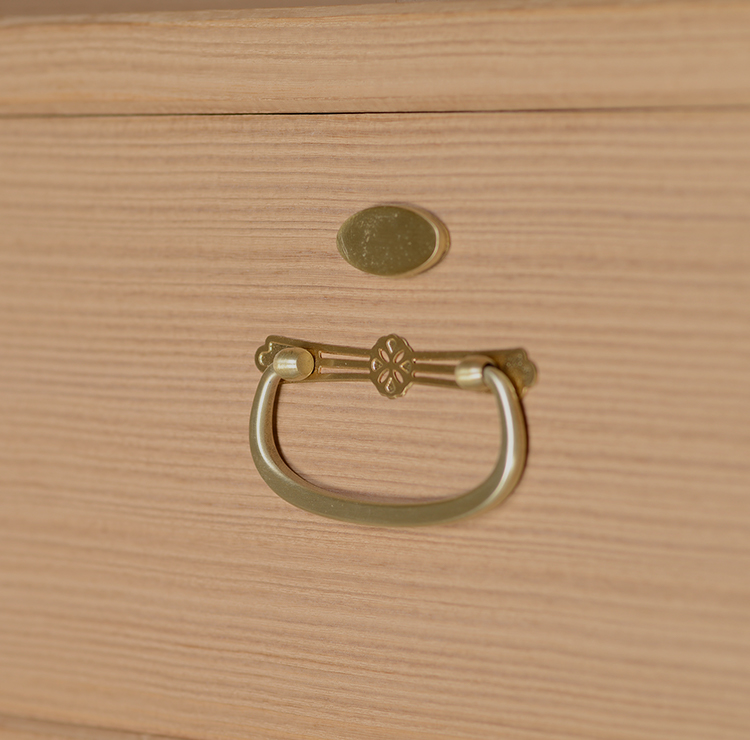


Overview
The Kishu traditional chest is a traditional work of art that exemplifies Wakayama, “Land of Trees.” Wood cut in the mountains is transported on the Kino-kawa River to the river mouth and the final destination of Wakayama City, where high-quality materials and craftspeople come together to produce furniture and fittings. The material of the Kishu traditional chest is white-colored, light, flexible paulownia wood. Paulownia has the property of absorbing moisture during periods of high humidity and releasing it during dryness. It is able to maintain consistent humidity, making it useful for storing items of clothing and other possessions in Japan's climate.
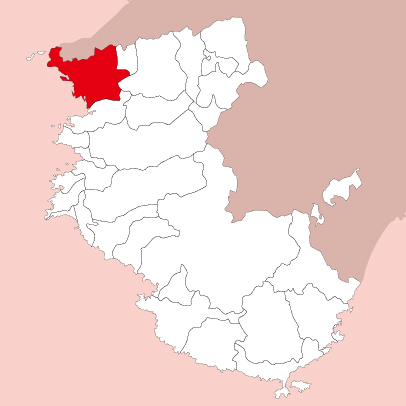
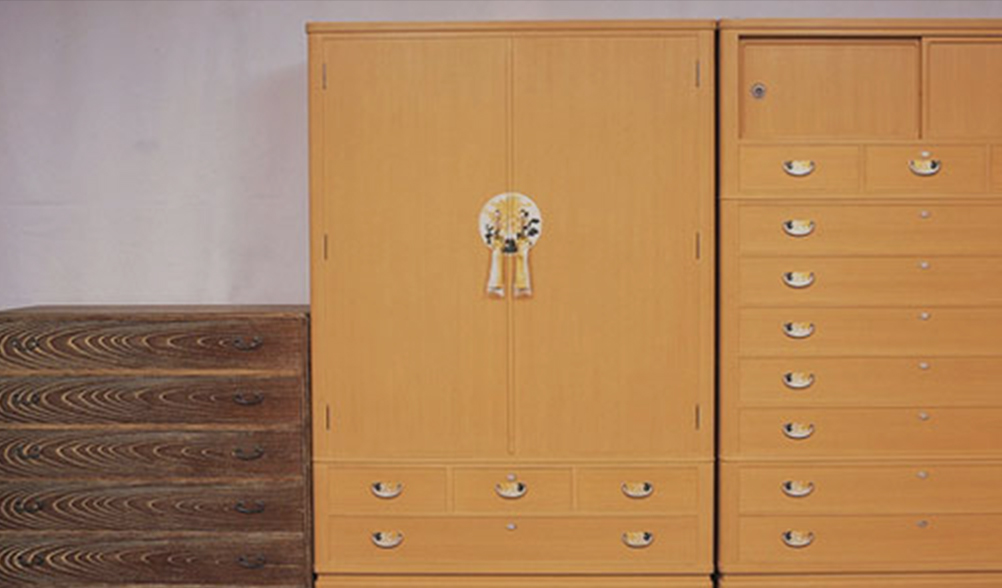
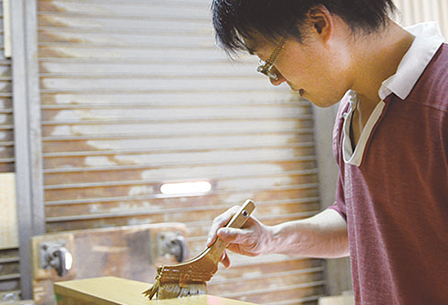
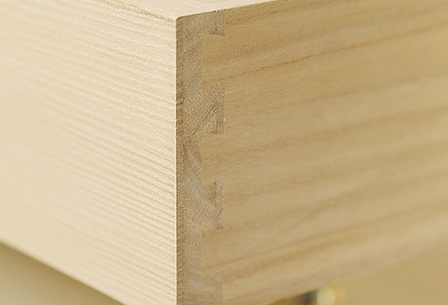




Scenes of work
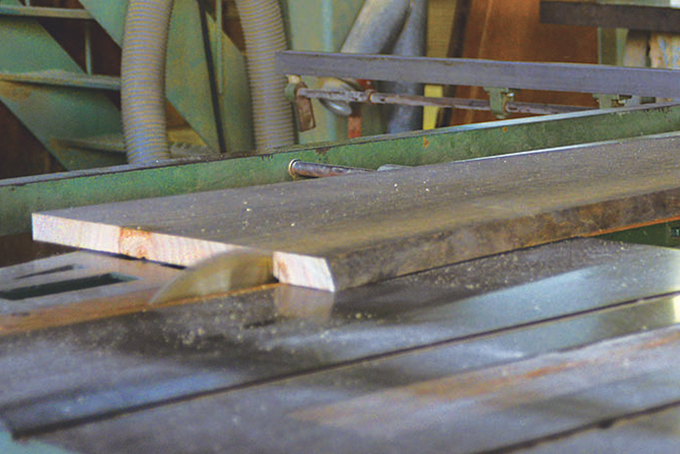
01
Kidori (timber sawing)
The bark is examined and the wood is cut in the appropriate places for use in doors, sliding doors, and other parts, without waste.
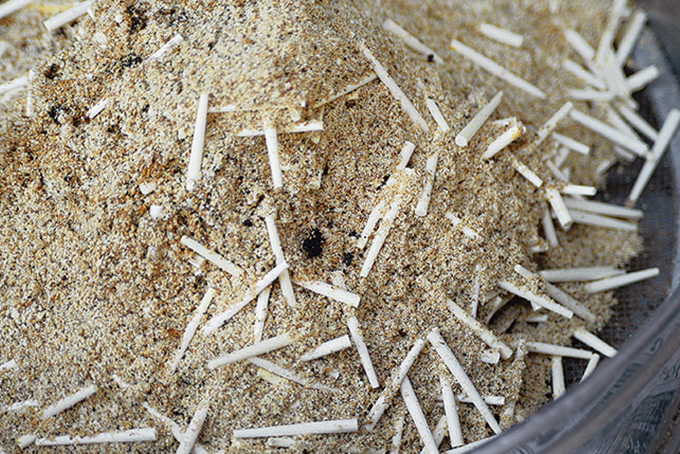
02
Wooden nail production
Wooden nails are heated together with bran to drive out the internal moisture and spread the oils in the bran over the surface.
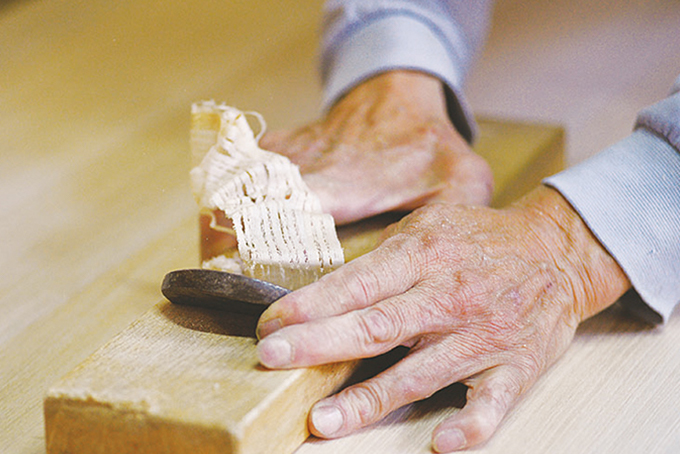
03
Aligning and assembling components
Finely-grained bark is used for the doors. This determines the impression given by the chest. All processing is performed by the skilled hands of craftspeople. Their experience and intuitive feel brings out the beauty of the paulownia wood to its utmost.
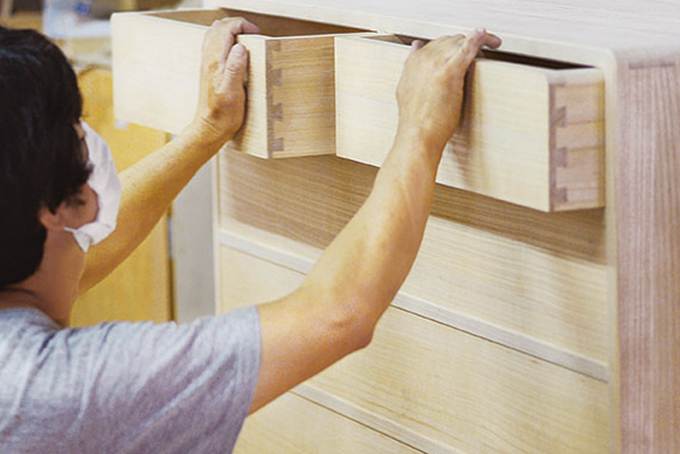
04
High airtightness
The chests are both beautiful and airtight. When a drawer is gently pushed in, the adjacent drawer will smoothly slide outward.


Traditional crafts of Wakayama




